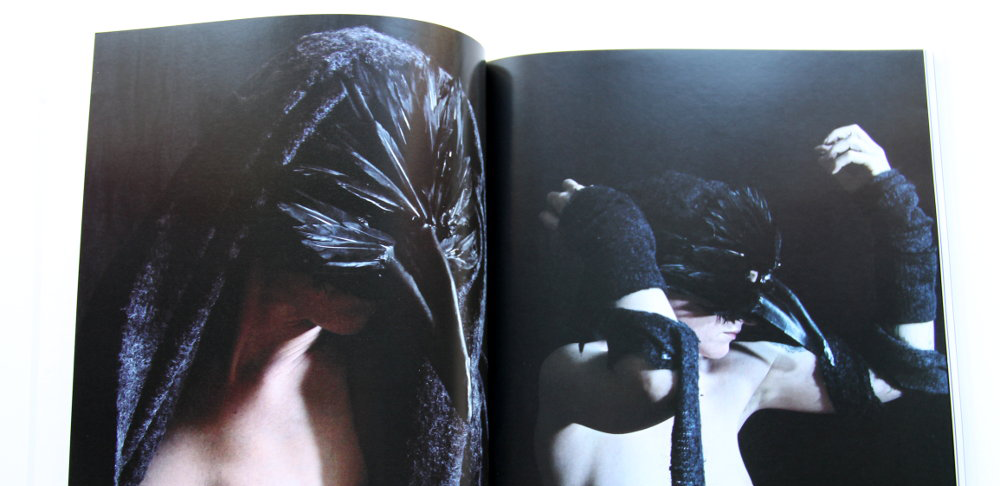When I was asked to write a piece on myth and landscape by the #FolkloreThursday team I was somewhat embarrassed – mainly because I can think of many other people far more qualified and far more eloquent to do it. I’m a visual artist, and words are not my medium. However Cunningham’s Law states that ‘the best way to get the right answer on the Internet is not to ask a question, it’s to post the wrong answer.’ With that in mind I decided to go ahead and write this short introduction to myth and landscape in the hope that those far more knowledgeable than I will step up and write something better. In the meantime you have my thoughts to entertain you.

Myth is folklore writ large, or to turn that phrase around, folklore is myth with a specific sense of local place, a particular piece of landscape.
On my daily walk to school when I was a child in the 70s and 80s in suburban Coventry, a decaying industrial city—becoming like a ghost town—in the heart of England, there was a small cottage set back in the trees just past Coat of Arms Bridge Road where everyone (by which I mean, all the local children) knew that a witch lived. We never saw her, which made us more convinced of the veracity of this fact*. We used to dare each other to knock on the door and run away. I’m not sure if we ever plucked up the courage.
While doing some fact-checking for this article I discovered that this was a piece of place-specific knowledge that was not something we invented, but was something passed on between generations of schoolchildren who walked that same way to that same school. There’s a wonderfully obscure page on the web that relates the memories of a young Coventry girl who walked the same route to the same school as I did, but twenty years earlier, and I was delighted to read her words:
‘There was a tiny cottage the other side of the bridge set back a long way into the trees so that it was hardly visible. We used to say that a witch lived there!’
This is folklore at its most basic and unadorned, the seed kernel of a tale handed down orally in hushed whispers between generations of children: the mythic archetype of a witch tied to a specific local piece of landscape.
Myth is germinated by the human mind, causing it to seep out from the soil and the trees and the rocks, clothed in the rags of the local landscape, to become folklore. The locality in question doesn’t necessarily have to be open and rural – alleyways, trees, bridges, and old buildings (particularly pubs) all have their fair share of local myth attached to them.
Just like our Neolithic ancestors, we seem to have a need to layer a ‘ritual landscape’ over the places around us, and ritual is the other important element that binds myth with landscape. Not far from my house in central urban Brighton is a site of the age-old ritual of tree decoration. Like most rituals, no one knows who started it, or exactly what its purpose is. Future archaeologists will be hesitant to make guesses and do their usual trick of simply defining it as ‘localised ritual activity’.

I have been observing the developing decoration of this particular tree for a few years now, but I have never witnessed a ritual act of decoration taking place; I suspect it only happens at night, accompanied by adolescent rite of passage drinking of alcohol. There would probably be a bonfire too if the kids could get away with it without a passing police car stopping to interrupt the liturgy – beer and bonfires being ‘two of the most powerful cultural forces in England’ as David Southwell astutely pointed out in his recent talk at the William Morris Gallery. Instead the small fires from a few crafty cigarettes must suffice.
Votive offerings are cast into the branches of the tree as part of the ritual based around this particular piece of landscape. It has been suggested that these offerings may be intentionally broken ‘to put them even further beyond utilitarian use’ before deposition, but this is uncertain. The offerings all seem to be light footwear consistent with the type worn by the tribes from the nearby skate park, a small piece of landscape recognisable by prominent mounds, ditches, and cursuses.
My point, which I have not attempted to make with any subtlety, is that myth and folklore—and the ritual activities that accompany them—are not a finished chapter of past history, but that they are constantly being regenerated by the continuing interaction between the human mind and the landscape, and that no single set of people have any authority as gatekeepers to the eternally-evolving corpus of folklore.
Likewise, my artwork on these themes does not attempt to faithfully document recorded old myths or folklore, but captures fleeting visions of mythogenesis generated from my personal, unstructured, interaction with the landscape around me. I don’t create pictures of landscape, I create images from the landscape and sometimes they look vaguely human. Myth is the person in the land.
Footnotes:
* I did see her once. She was a very ordinary old woman. She gave me a charm made of chestnut twigs and acorns, wiped dew-soaked gossamer in my eyes to let me see the quick things in the dark woods, then whispered a geas in my ear to make me capture their likenesses. I’m not supposed to talk about it.








